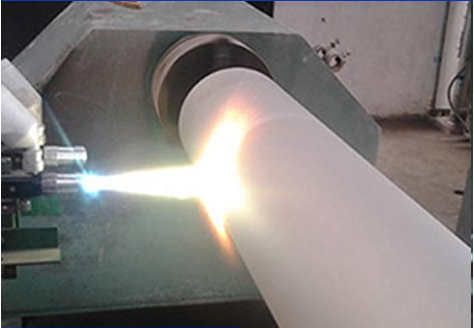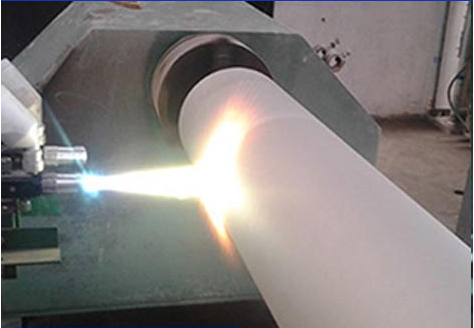

The working principle of supersonic flame spraying: kerosene and other liquids enter the combustion chamber through small holes and burn. After being atomized, it is mixed with oxygen and ignited to cause a strong gas phase reaction. The heat released by combustion causes the product to expand violently. The expanding gas flows through the Laval nozzle. The limited heating formed by the high-temperature flame flow in supersonic flame spraying accelerates the sprayed material to reach the surface of the substrate, forming a high-quality coating.

Supersonic flame spraying is a high-temperature and high-speed combustion flame flow generated by the combustion of propane, propylene and other hydrocarbon gases or hydrogen and high-pressure oxygen in the combustion chamber or special nozzles. The burning flame speed can reach Mach 5 (1500 m/s). )above. Usually called HVOF (High Velocity Oxygen Fuel). When the powder is sent into the flame axially, the ejected particles can be heated to a molten or semi-molten state, and accelerated to a speed as high as 300-500 m/s or even higher, so as to obtain a high bonding strength and compactness High-quality coating. The supersonic flame spraying speed is very high, but the temperature is relatively low. For tungsten carbide-cobalt cemented carbide, the decomposition of tungsten carbide can be effectively inhibited during the spraying process. The coating has not only high bonding strength, but also compactness and excellent wear resistance. Its wear resistance greatly exceeds that of plasma sprayed coatings, which is equivalent to explosive sprayed coatings, and also exceeds electroplated hard chrome coatings and sprayed molten coatings. It is widely used.

Hot information

